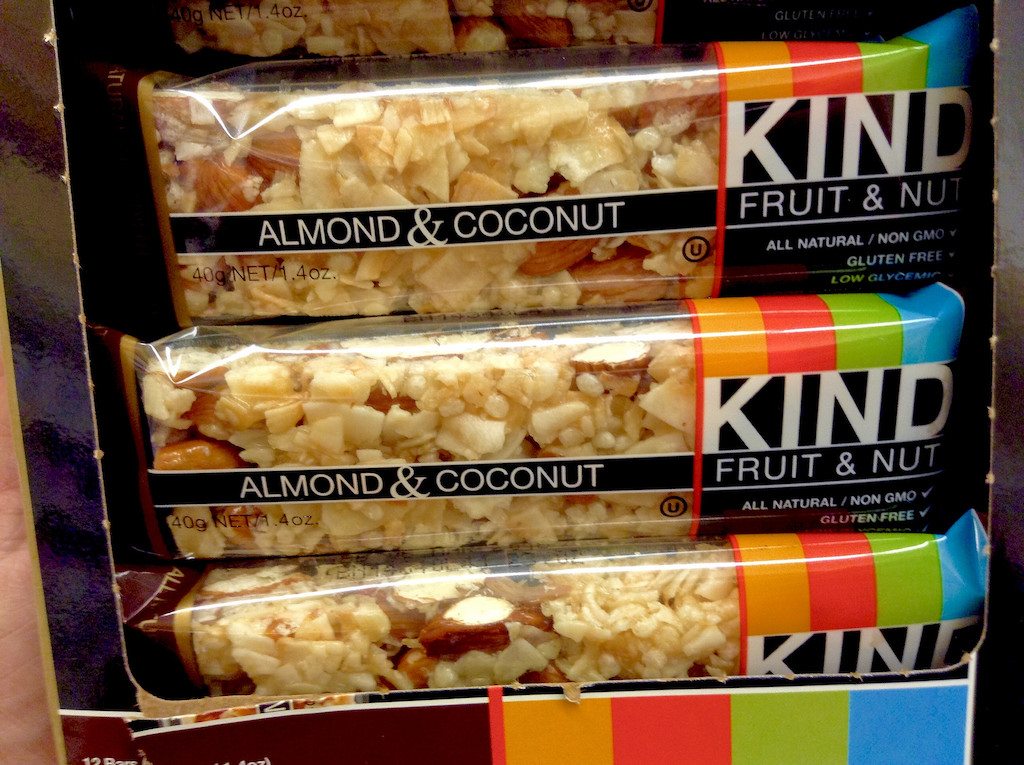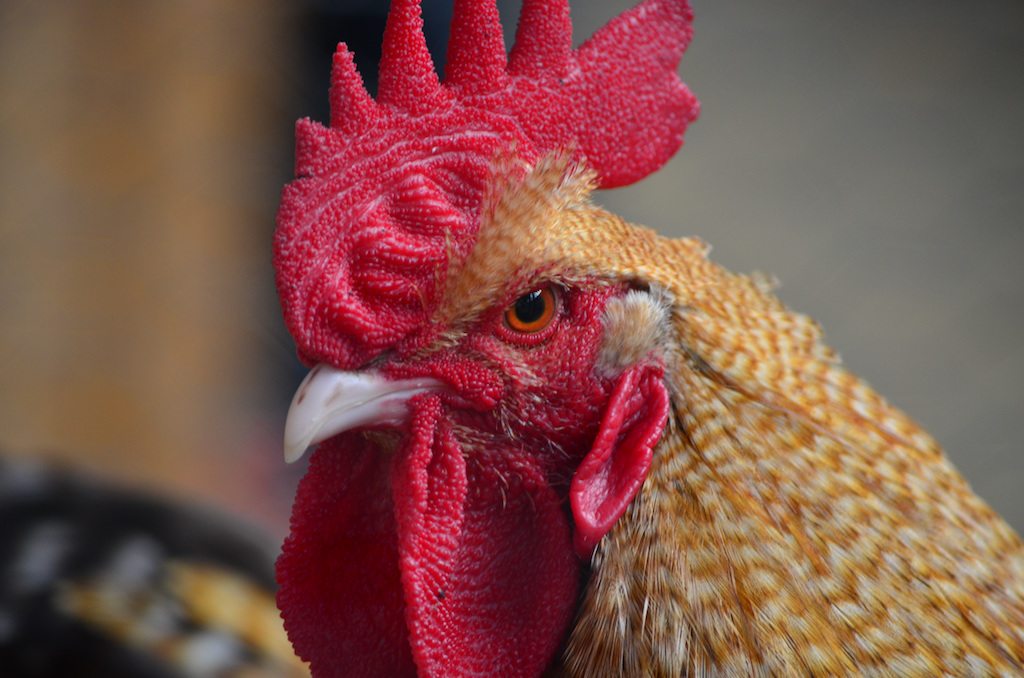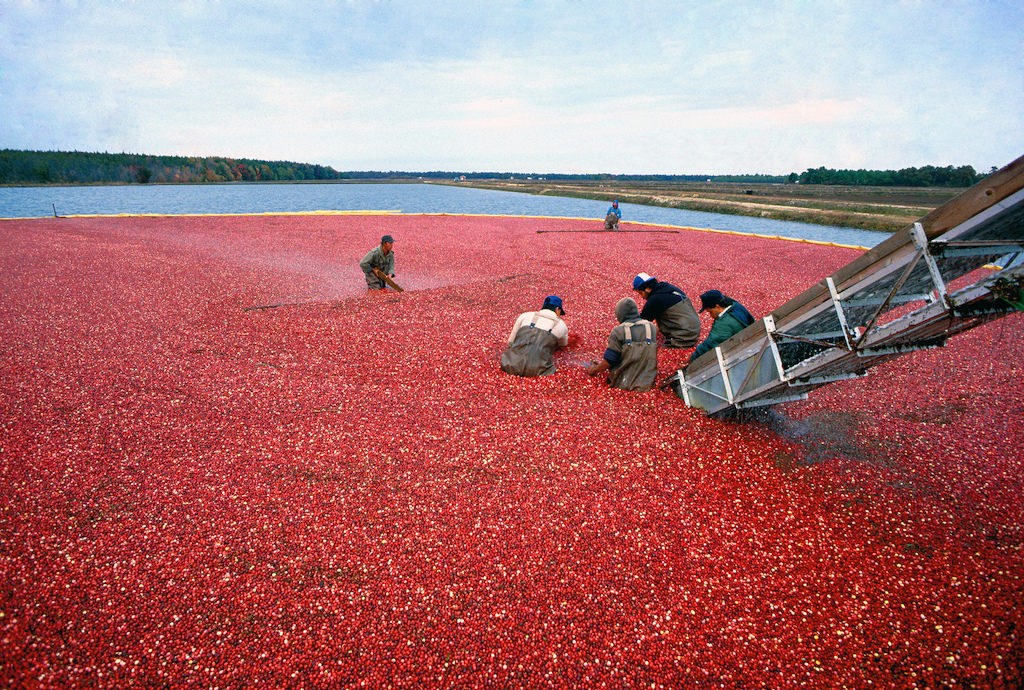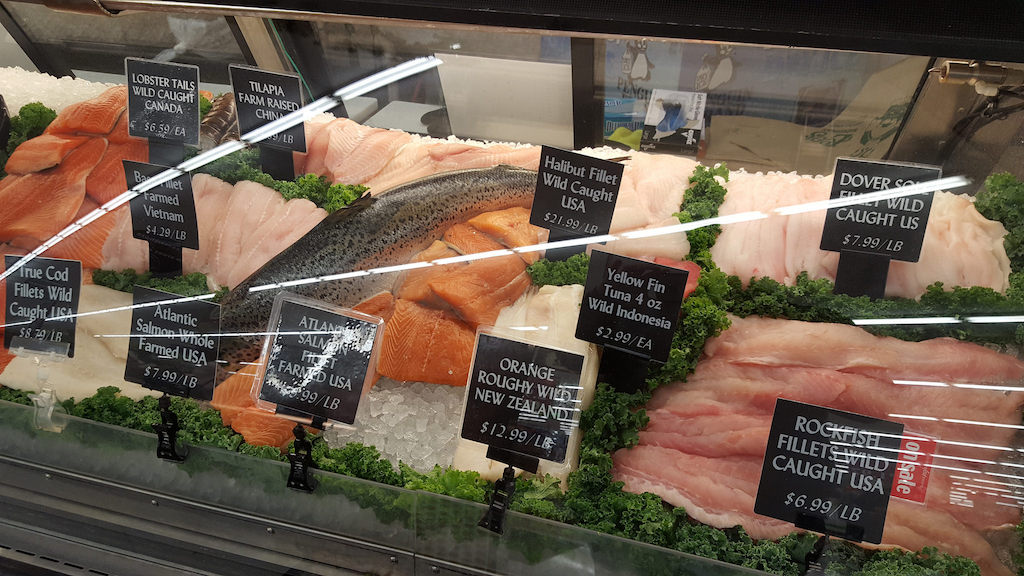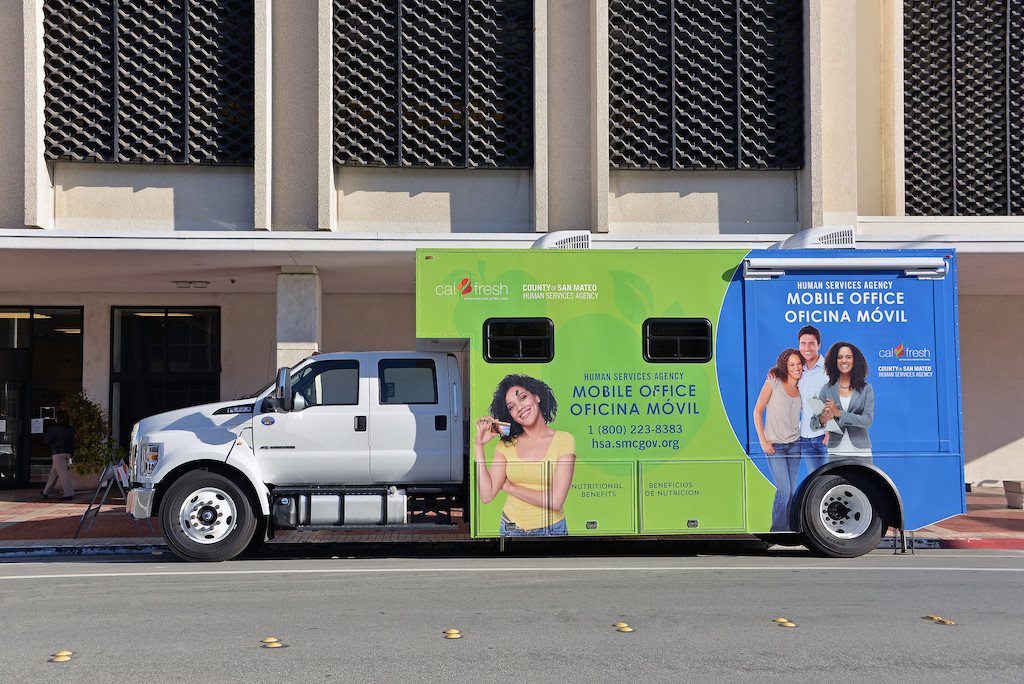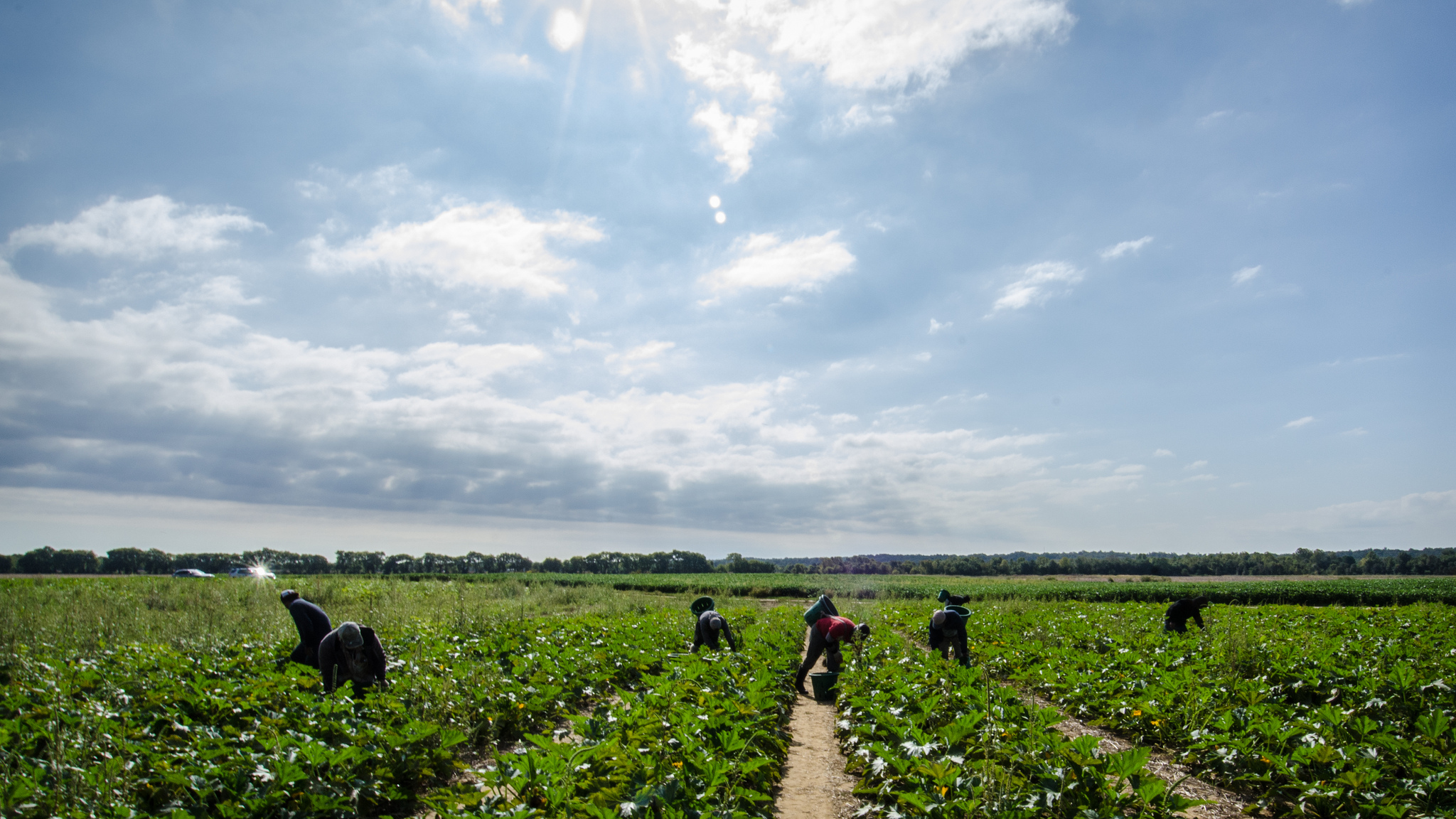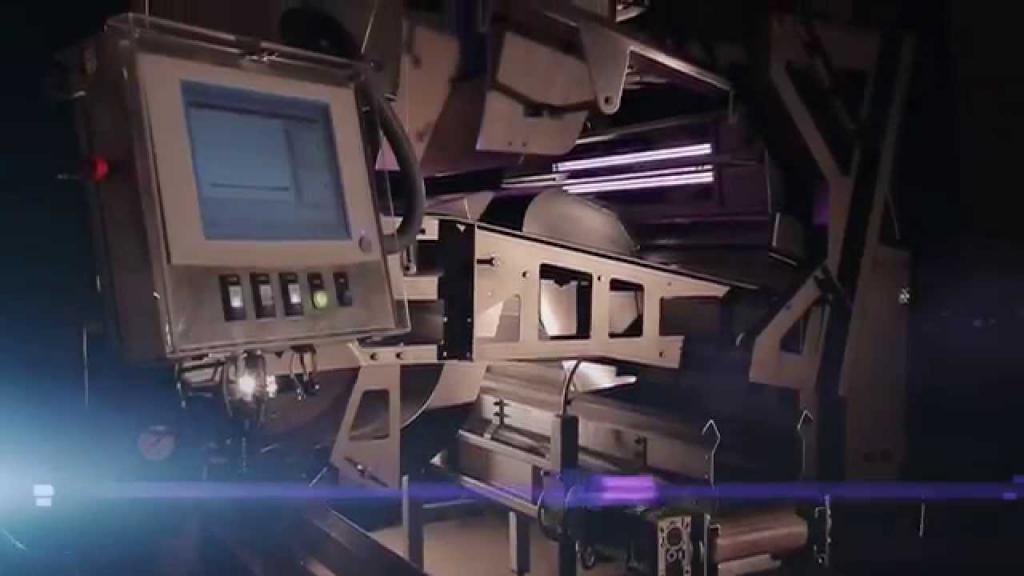
TOMRA
TOMRA, a Norwegian maker of sensor-based sorting machines, has found a new way to address a problem vexing the chicken industry: woody breast syndrome. The condition, which The Wall Street Journal says affects as many as 10 percent of birds, gives the meat a tough, knotty texture. That means it must be sold at a discount for sausage and McNuggets, instead of as higher-priced packaged cutlets.
First, how did we get here? Scientists think the syndrome is a byproduct of the speed at which today’s chickens grow—much too fast. The modern chicken, thanks to decades of genetic research and selective breeding, is a near miracle of feed-to-meat conversion, typically fattening up to a six-pound slaughter weight in under fifty days. (Your average bird in 1960, by comparison, took sixty days to reach a final weight of just three pounds). But a raft of new muscle disorders suggests the industry may have finally hit up against the chicken’s biological limits.
Take “green muscle disease,” which can occur when breast and wing muscles deteriorate due to lack of exercise inside crowded barns. Or “white striping,” where thin bands of fat shoot through the flesh of overly sedentary birds. But “woody breast” has been particularly troubling, since it’s not detectable with the naked eye. This means that, until now, plant workers have had to perform a manual “thumb check” on each and every cut of meat—surely a slowdown in plants that process thousands of birds every hour.
The Poultry & Egg Association has spent $250,000 funding research intended to “understand the root cause of this muscle condition and remediate it as soon as possible.” Until then, the industry will have to settle for the TOMRA QVision.
TOMRA specializes in automating quality control in food manufacturing. (In the past, it’s held a contest to show off its fancy equipment: a golden French fry is placed into a conveyor belt with thousands of edible counterparts, and contestants bet on how long it will take for the sensor to pluck it out.)
The QVision is one of the company’s best-known products, a checkpoint that uses multispectral lights to check meat for fat, protein, and moisture content on the assembly line. It was previously used only for beef and seafood. But as it turns out, it’s the perfect tool for detecting woody breast, and quickly: up to 240 filets a minute.
Technology got chicken companies into this fix. Maybe this time technology will help them get out of it.


